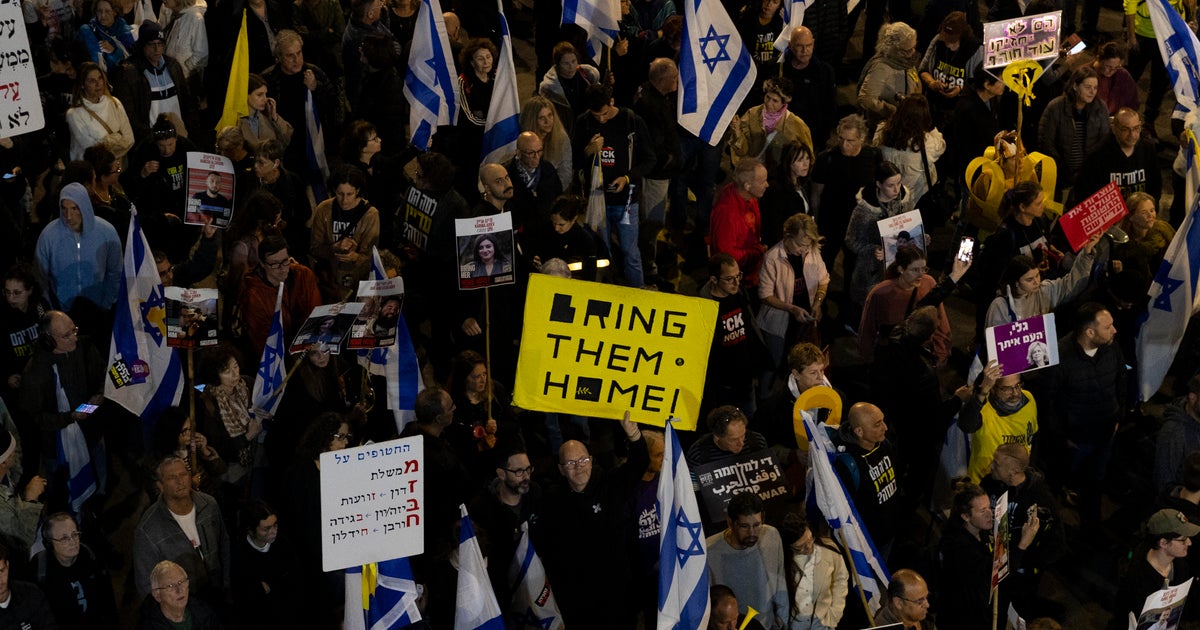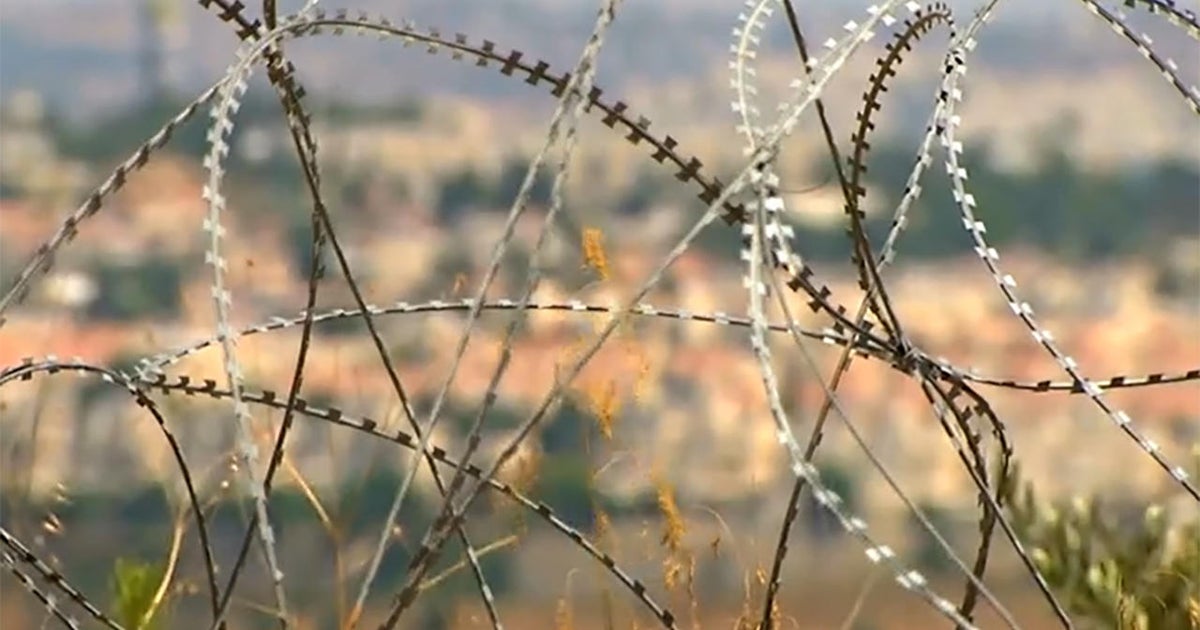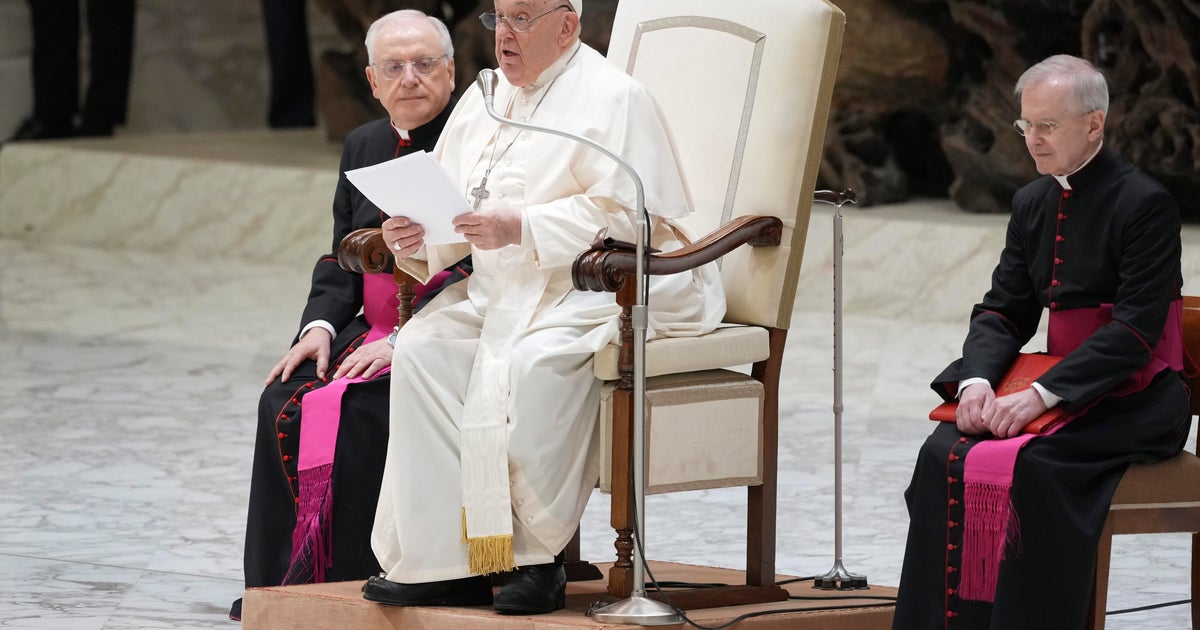Israeli military faces challenging urban warfare in Gaza
The Israeli military on Monday said its bombardment of Gaza was less about retaliation for Hamas's surprise, multi-front attack on Israel than about conducting precision strikes on known Hamas targets.
But the Israel Defense Forces said it now faces going in on the ground to hunt down Hamas militants amid a population of more than 2 million people.
The Gaza Strip is only 25 miles long by 7 miles wide, with Gaza City at its heart.
The city itself is made up of a labyrinth of streets and alleyways where Hamas fighters can hide themselves — and their weapons — among civilians.
When it comes to sheer firepower, Israel has one of the most advanced, well-equipped and best-trained armies in the region. But ground assaults in urban environments are extremely risky for any fighting force.
Reserve Major General Yair Golan, who has led troops into battle in Gaza many times during his military career, told CBS News it's one of the "densest places on earth."
"And you have Gaza on the surface — you also have Gaza of the subterranean," Golan added, referring to underground tunnels used by Hamas.
Hamas claims to have built 300 miles of hidden networks, with training videos showing fighters emerging from holes in the ground to launch attacks.
In 2014, CBS News was shown a tunnel dug by Hamas that led all the way to the Israeli side of the border.
Many of the estimated 200 hostages taken by Hamas are believed to be held in this underground maze, further complicating an all-out assault.
While previous ground incursions, like one in 2014, saw Israeli forces invade and withdraw in a matter of weeks, this one is likely to last much longer.
"Two years, three years, five years doesn't matter. We are going to protect our civilians," Golan said.




